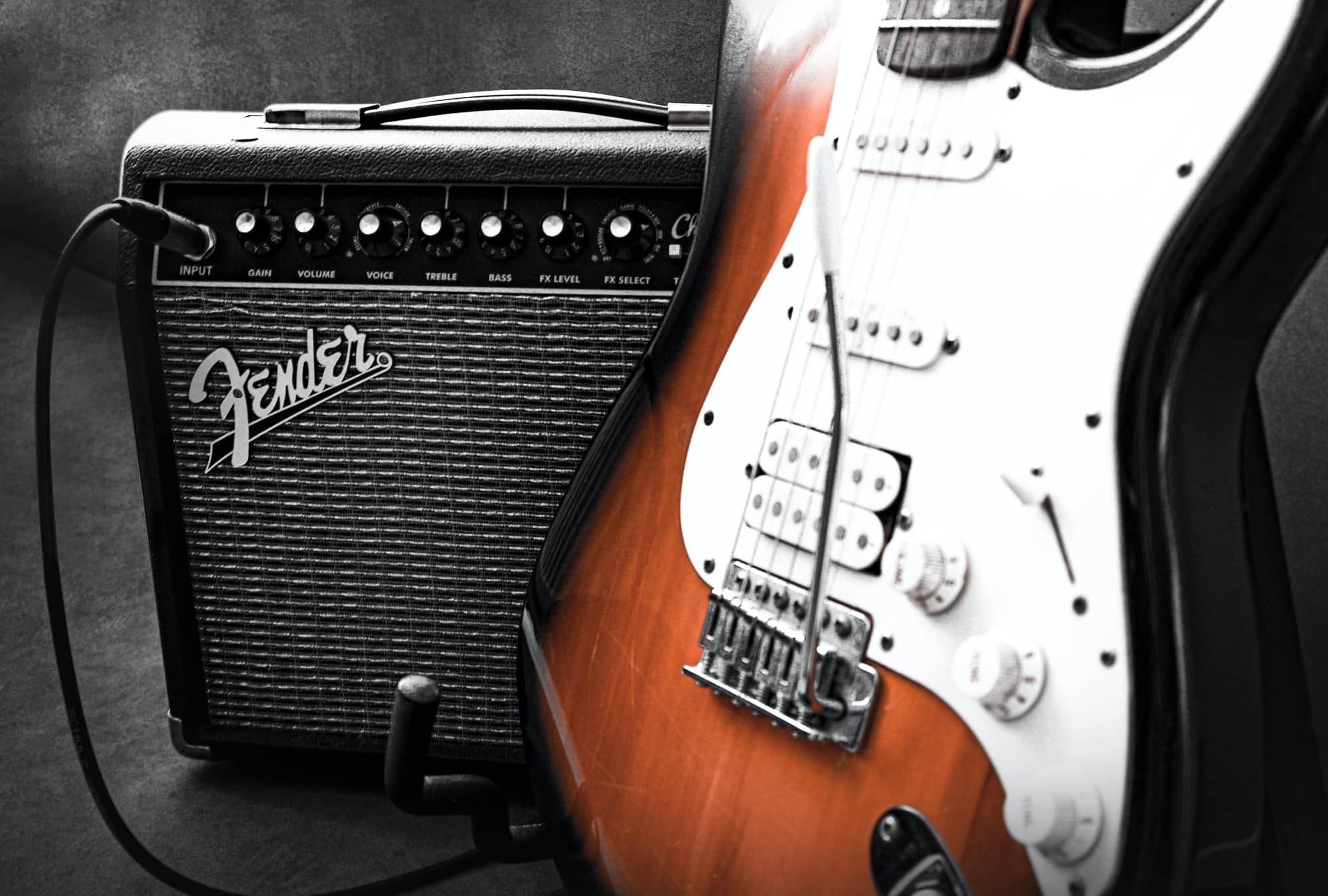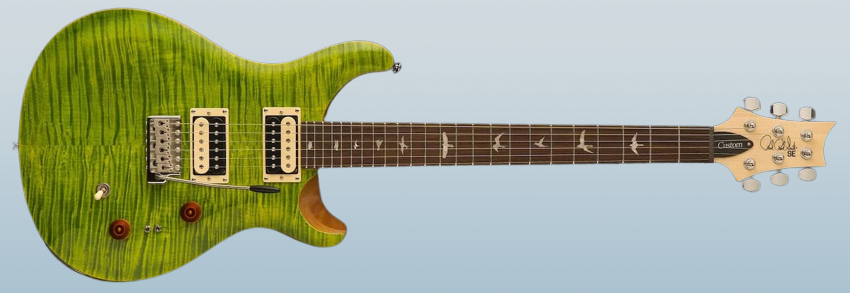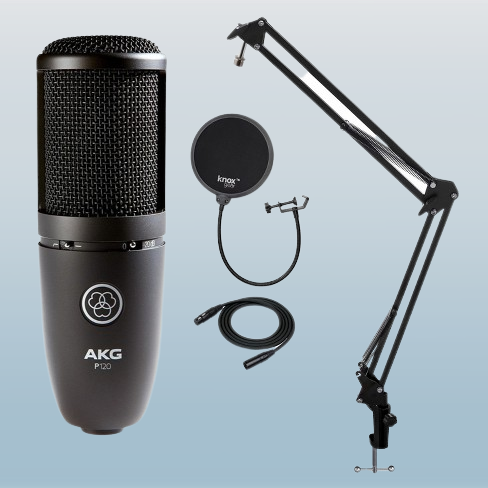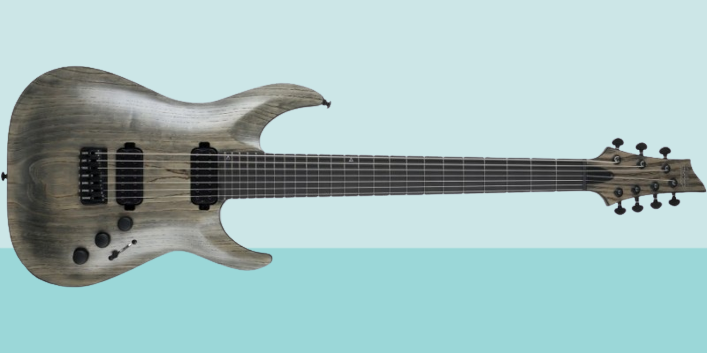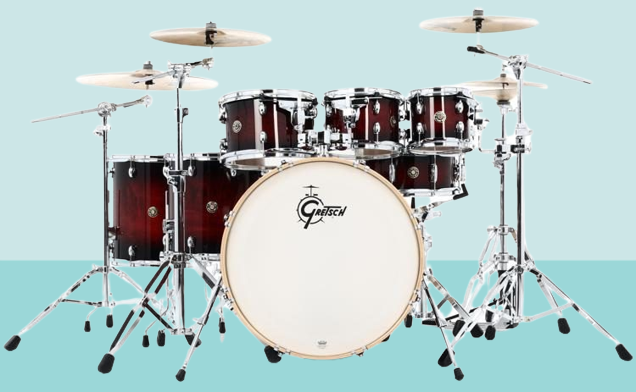The Squier Stratocaster guitar is a legendary instrument that has been a staple in the music industry for over half a century. It has been played by countless musicians, from beginners to professionals, and has helped shape the sound of rock and roll. In this comprehensive guide, we will explore everything you need to know about Squier Stratocaster guitars, from their history and models to playing techniques and maintenance.
Introduction to Squier Stratocaster Guitars
The Squier Stratocaster guitar is a type of electric guitar that is manufactured by the Fender Musical Instruments Corporation. The Squier brand was created in the 1980s to offer more affordable versions of Fender’s popular guitars, including the Stratocaster. Squier Stratocaster beginner guitars are designed to offer the same iconic look and sound of the Fender Stratocaster, but at a more accessible price point.
Design
The Squier Stratocaster guitar features a classic double-cutaway design with three single-coil pickups, a five-way pickup selector switch, and a tremolo system. It has a bolt-on maple neck with a rosewood or maple fingerboard and 21 or 22 frets, depending on the model. Squier Stratocaster guitars come in a variety of colors and finishes, from classic sunburst and black to more modern options like metallic red and blue.
Versatility
Squier Stratocaster guitars are known for their versatile sound, which can range from bright and twangy to warm and mellow, depending on the pickup configuration and playing style. They are popular among musicians in a variety of genres, including rock, blues, country, and pop.
Playing Level
Whether you are a beginner looking for your first guitar or an experienced player looking for a more affordable option, a Squier Stratocaster guitar is an excellent choice. In the following chapters, we will dive deeper into the history and features of Squier Stratocaster guitars, as well as tips and techniques for playing, maintaining, and upgrading your instrument.
The History of Squier Stratocaster Guitars
The history of Squier Stratocaster guitars dates back to the 1980s when Fender introduced the Squier brand as a way to offer more affordable versions of their classic instruments. The Squier Stratocaster guitar was one of the first models to be released under the Squier brand and quickly gained popularity among musicians who were looking for a high-quality guitar at a lower price point.
Early Years
The early Squier Stratocaster guitars were manufactured in Japan and were known for their excellent build quality and attention to detail. These guitars featured traditional Fender-style headstocks and logos and were available in a range of finishes, including sunburst, black, and white.
1980s
In the late 1980s, Fender began to shift production of Squier Stratocaster guitars to other countries, including Korea, Mexico, and Indonesia. While some musicians were skeptical of the move away from Japanese manufacturing, the new Squier Stratocaster guitars were still known for their solid construction and great sound.
Modern Squire Guitars
Over the years, Squier Stratocaster guitars have undergone various changes and updates, including the introduction of new pickup configurations, finishes, and neck profiles. Today, Squier offers a wide range of Stratocaster models to suit different playing styles and budgets, from the entry-level Bullet Stratocaster to the premium Classic Vibe Stratocaster.
Despite the changes over the years, Squier Stratocaster guitars remain a favorite among musicians for their classic design, versatility, and affordability.
Models and Features
Squier offers a range of Stratocaster models to suit different playing styles and budgets. Here are some of the most popular Squier Stratocaster guitars and their key features:
Squier Bullet Stratocaster: The Bullet Stratocaster is an entry-level guitar that is perfect for beginners. It features a lightweight body, a thin “C”-shaped neck, and three single-coil pickups.
Squier Affinity Stratocaster: The Affinity Stratocaster is a step up from the Bullet Stratocaster and features a more substantial body and a slightly thicker neck. It is available in a range of finishes, including sunburst, black, and metallic red.
Squier Classic Vibe Stratocaster: The Classic Vibe Stratocaster is a premium Squier model that is known for its vintage-inspired design and excellent playability. It features a solid alder body, a maple neck, and three custom vintage-style single-coil pickups.
Squier Contemporary Stratocaster: The Contemporary Stratocaster is a modern take on the classic Stratocaster design. It features a sleek body shape, a slim “C”-shaped neck, and a range of high-output pickups for a more aggressive sound.
Squier Mini Stratocaster: The Mini Stratocaster is a compact version of the classic Stratocaster design that is perfect for young players or those with smaller hands. It features a 22.75-inch scale length, a lightweight body, and three single-coil pickups.
These are just a few of the many Squier Stratocaster models available today. Each model has its own unique features and benefits, making it easy to find the perfect Squier Stratocaster guitar for your playing style and budget.
Choosing the Right Squier Stratocaster Guitar for Your Style
Choosing the right Squier Stratocaster guitar can be a daunting task, especially with so many models to choose from. Here are some factors to consider when selecting the best Squier Stratocaster guitar for your playing style:
Body Type: Squier Stratocaster guitars are available in different body types
Neck Profile: The neck profile of a Squier Stratocaster guitar can greatly affect its playability. Some Squier models feature thin necks, while others have thicker necks for a more substantial feel. Consider your hand size and playing style when choosing a neck profile.
Pickups: Squier Stratocaster guitars come with a variety of pickup configurations, including single-coil, humbucker, and P90. Single-coil pickups offer a bright and crisp tone, while humbuckers provide a more full-bodied sound with less noise. P90 pickups offer a unique, gritty sound that is great for rock and blues.
Bridge Type: Squier Stratocaster guitars can have different bridge types, including traditional tremolo bridges and hardtail bridges. Tremolo bridges allow for more expressive playing with dive bombs and vibrato, while hardtail bridges provide more stability for tuning and sustain.
Finish: Squier Stratocaster guitars are available in a range of finishes, from classic sunburst to modern metallic colors. Consider the aesthetics of the guitar when choosing a finish that suits your style.
Ultimately, the best Squier Stratocaster guitar for your style will depend on your individual preferences and playing style. Take the time to try out different models and find the one that feels and sounds right for you.
Maintaining Your Squier Stratocaster Guitar
To keep your Squier Stratocaster guitar in top condition, it’s important to perform regular maintenance. Here are some tips for maintaining your Squier Stratocaster guitar:
Keep it clean: Use a soft, lint-free cloth to wipe down your guitar after each use. Avoid using harsh chemicals or abrasive cleaners, as these can damage the finish.
Change strings regularly: Over time, guitar strings can become corroded and lose their tone. It’s a good idea to change your strings every few months, depending on how often you play.
Check the intonation: The intonation of your guitar affects how in tune it sounds across the fretboard. Use a tuner to check the intonation regularly and make adjustments as needed.
Adjust the truss rod: The truss rod in your guitar neck helps to keep it straight and stable. If you notice the neck starting to bow or warp, it may be time to adjust the truss rod. Consult a professional if you are unsure how to do this.
Store it properly: When not in use, store your Squier Stratocaster guitar in a cool, dry place away from direct sunlight. Use a guitar case or stand to protect it from damage.
By following these maintenance tips, you can keep your Squier Stratocaster guitar looking and sounding great for years to come.
Upgrading Your Squier Stratocaster Guitar
While Squier Stratocaster guitars are known for their excellent value and quality, there are still ways to upgrade them and customize their sound and appearance. Here are some upgrades you can make to your Squier Stratocaster guitar:
Pickups: Upgrading the pickups in your Squier Stratocaster guitar can greatly affect its tone. Consider installing high-quality aftermarket pickups for a more distinct sound.
Bridge: Swapping out the bridge on your Squier Stratocaster guitar can also change its sound and playability. Consider installing a high-quality tremolo or hardtail bridge for better tuning stability and sustain.
Tuners: Upgrading the tuners on your Squier Stratocaster guitar can make it easier to tune and stay in tune. Look for high-quality locking tuners for better tuning stability.
Nut: The nut on your Squier Stratocaster guitar helps to keep the strings properly spaced and in tune. Upgrading to a high-quality nut can improve the guitar’s sustain and overall tone.
Pickguard: Changing the pickguard on your Squier Stratocaster guitar can be a fun way to customize its appearance. There are a variety of colors and materials available to choose from.
Controls: Upgrading the controls on your Squier Stratocaster guitar can also affect its sound and playability. Consider installing high-quality pots and switches for a more precise and responsive feel.
Fretwork: If your Squier Stratocaster guitar has uneven or buzzing frets, it may be time to have the frets leveled and dressed. This can greatly improve the guitar’s playability and tone.
Before making any upgrades to your Squier Stratocaster guitar, it’s important to do your research and consult with a professional if necessary. With the right upgrades, you can take your Squier Stratocaster guitar to the next level and make it truly your own.
Accessories
In addition to upgrading your Squier Stratocaster guitar itself, there are also a variety of accessories available to enhance your playing experience. Here are some accessories to consider:
Guitar case: A good guitar case can protect your Squier Stratocaster guitar from damage when transporting it. Look for a case that fits your guitar snugly and has sturdy construction.
Guitar stand: A guitar stand can make it easy to store and display your Squier Stratocaster guitar when not in use. Look for a stand with padded arms to avoid scratching the finish.
Strings: High-quality guitar strings can greatly affect the tone and playability of your Squier Stratocaster guitar. Look for strings that match your playing style and sound preferences.
Strap: A comfortable and durable guitar strap can make it easier to play your Squier Stratocaster guitar for extended periods of time. Look for a strap with adjustable length and padded material.
Tuner: A good guitar tuner can help you keep your Squier Stratocaster guitar in tune and sounding its best. Look for a tuner with easy-to-read displays and accurate tuning.
Picks: Guitar picks come in a variety of shapes and thicknesses, and can greatly affect the sound and feel of your Squier Stratocaster guitar. Experiment with different picks to find the ones that work best for you.
By investing in high-quality accessories, you can improve your playing experience and get the most out of your Squier Stratocaster guitar.
Famous Squier Stratocaster Players
Over the years, many famous musicians have played Squier Stratocaster guitars. Here are just a few examples:
John Frusciante: The former Red Hot Chili Peppers guitarist is known for his use of Squier Stratocaster guitars, particularly his modified 1962 reissue model.
Kurt Cobain: The late Nirvana frontman famously played a left-handed Squier Stratocaster guitar that he customized with stickers and a Fender Mustang bridge.
Tom DeLonge: The former Blink-182 guitarist is known for his distinctive sound and style, which often includes a Squier Stratocaster guitar.
Mike Dirnt: The bassist for Green Day has been known to play a Squier Stratocaster bass guitar on occasion.
Matt Bellamy: The frontman for Muse is known for his unique guitar playing style, which often involves the use of a Squier Stratocaster guitar.
These musicians are just a few examples of the many artists who have found inspiration in the Squier Stratocaster guitar. Whether you’re a fan of rock, blues, country, or any other genre of music, the Squier Stratocaster has something to offer.
If you’re looking to emulate the sound of your favorite Squier Stratocaster player, it’s important to remember that their tone is not just about the guitar itself, but also about their playing style, technique, and gear. However, by studying their playing and experimenting with your own setup, you can begin to develop your own unique sound and style.
Troubleshooting Common Problems
Even with proper maintenance, Squier Stratocaster guitars can sometimes experience issues. Here are some common problems and how to troubleshoot them:
Buzzing strings: If your Squier Stratocaster guitar has buzzing strings, it may be due to fret wear, neck issues, or other factors. Consult with a professional luthier to diagnose and fix the issue.
Intonation issues: If your Squier Stratocaster guitar is not playing in tune across the fretboard, it may have intonation issues. Use a guitar tuner and adjust the bridge saddles as needed.
Loose hardware: Over time, the hardware on your Squier Stratocaster guitar may become loose or rattling. Tighten any loose screws or bolts, or consult with a professional if needed.
Electronic issues: If your Squier Stratocaster guitar is experiencing issues with its pickups or other electronic components, it may be due to loose wires, faulty components, or other factors. Consult with a professional to diagnose and fix the issue.
By knowing how to troubleshoot common Squier Stratocaster guitar problems, you can keep your guitar playing its best and avoid costly repairs.
Care and Storage
Proper care and storage are crucial to keeping your Squier Stratocaster guitar in top condition. Here are some additional tips to consider:
Avoid extreme temperatures and humidity: Keep your guitar in a cool, dry place to prevent warping, cracking, or other damage.
Use a humidifier: If you live in a dry climate, consider using a humidifier to help maintain the proper humidity level for your Squier Stratocaster guitar.
Avoid direct sunlight: Prolonged exposure to sunlight can fade the finish on your Squier Stratocaster guitar.
Keep it clean: Use a soft cloth to wipe down your guitar after each use, and avoid using harsh chemicals or cleaners.
Store it properly: Use a guitar stand or case to keep your Squier Stratocaster guitar safe and protected when not in use.
My Take
The Squier Stratocaster guitar is a great choice for players of all levels, offering excellent quality and affordability. I continue to play my Squier often. Whether you’re a beginner or an experienced player, there are a variety of modifications, accessories, and maintenance tasks you can perform to enhance the tone, playability, and longevity of your Squier Stratocaster guitar.
Remember to always consult with a professional luthier or guitar technician before making any major modifications, and to follow proper care and storage procedures to keep your Squier Stratocaster guitar in top condition.
I hope this guide has been helpful. Enjoy playing your Squier Stratocaster guitar and exploring the world of guitar music!




